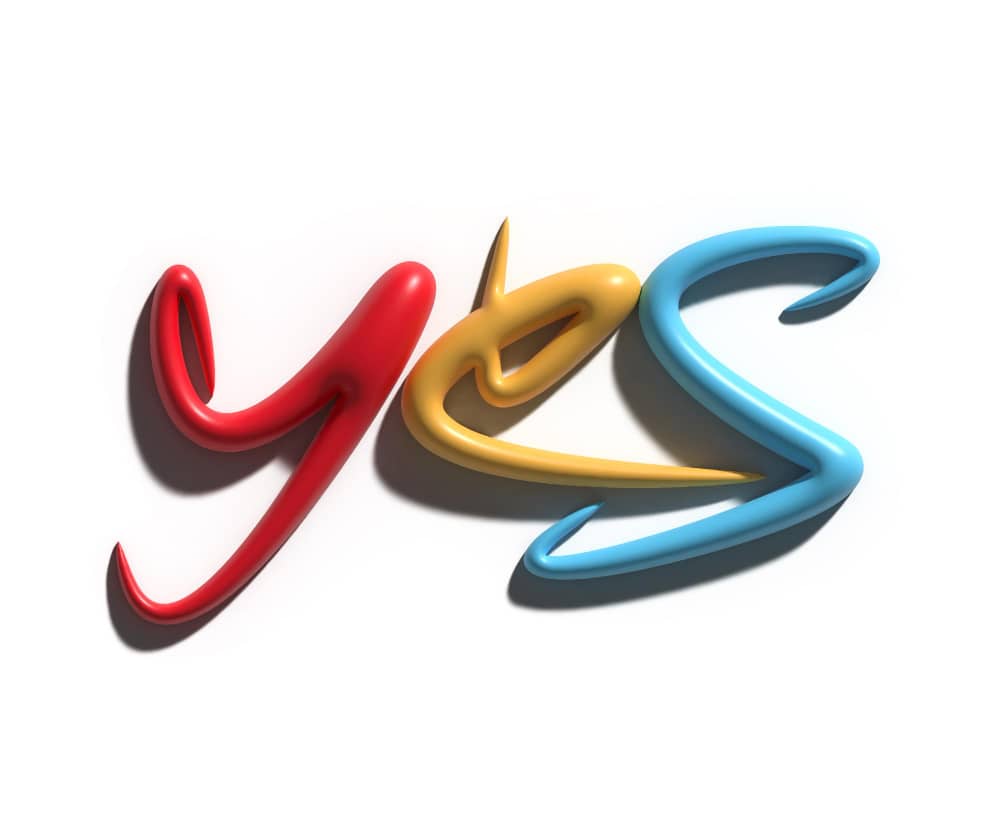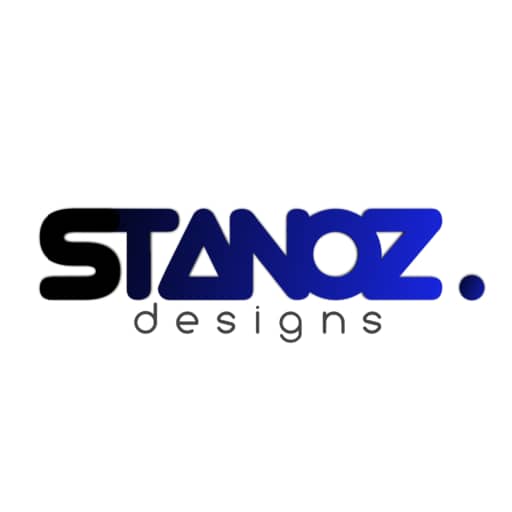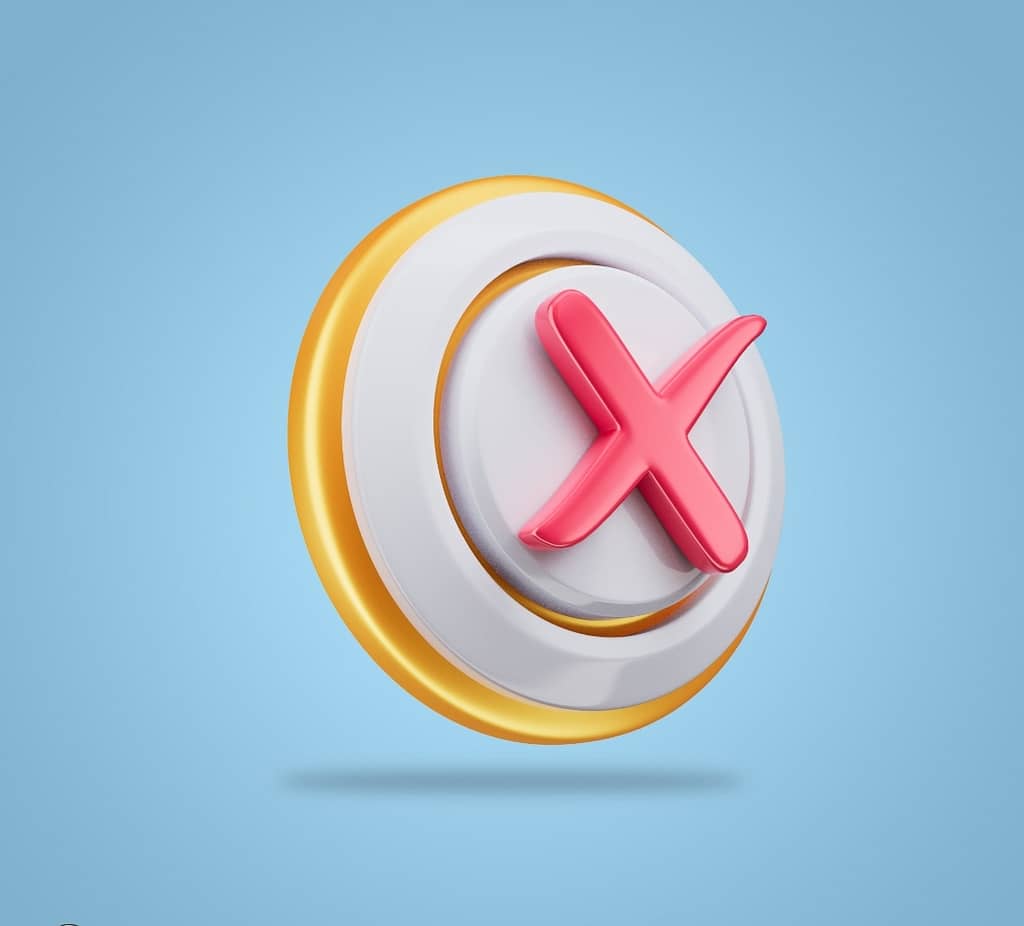
Logo Design Best Practices: Crafting a Memorable Brand Identity
Discover essential logo design best practices to create a powerful and unforgettable brand identity. Learn about the key elements, color psychology, typography, versatility, and scalability in logo design for your business.
Table of Contents
Introduction
Your logo is the visual cornerstone of your brand identity. It is the first thing that comes to mind when customers think of your business. An effective logo communicates your brand’s values, mission, and personality, making it crucial to follow logo design best practices. In this article, we will explore the fundamental principles and strategies that can elevate your logo from good to exceptional, capturing the essence of your business.
Understanding the Importance of Logo Design
A well-crafted logo serves as a powerful marketing tool, leaving a lasting impression on your target audience. It enhances brand recognition and helps build trust and loyalty. By investing time and effort into logo design, businesses set themselves apart from competitors, gaining a competitive edge in the market.

A logo’s visual appeal and emotional connection can significantly impact consumers’ perception of a brand. According to a study conducted by Nielsen, nearly 60% of global consumers prefer to buy products from brands they recognize. This shows how crucial it is to establish a strong brand identity through an effective logo.
Key Elements of an Effective Logo
Simplicity and Memorability:
Simplicity is the foundation of an enduring logo. A clutter-free design ensures your message is clear and easy to remember. Iconic logos like Nike’s swoosh or Apple’s apple demonstrate the power of simplicity in making a brand memorable.
Memorable logos have the advantage of being easily recognizable across various platforms. Customers should be able to identify your logo even when it appears as a small favicon or on promotional merchandise. Think of the instantly recognizable golden arches of McDonald’s or the interlocking rings of the Olympics – both examples of logos that stay with you. Simplicity also ensures that your logo remains timeless and relevant as design trends come and go.
Versatility and Scalability:
A versatile logo design can be seamlessly integrated into various marketing materials, including websites, social media, business cards, and merchandise. Ensure that your logo remains recognizable and impactful across different sizes and platforms. Vector-based graphics are essential for maintaining scalability. Unlike raster images, which pixelate when enlarged, vector graphics preserve clarity and quality, making them ideal for versatile logo design.
Relevance:
The logo must align with the brand’s identity and values. It should reflect the essence of the business and evoke emotions that resonate with the target audience. The choice of colors, fonts, and imagery should be in harmony with the brand’s message.
Timelessness:
Trends come and go, but a logo should have a timeless quality that withstands the test of time. Avoid overly trendy elements that might become dated quickly. Strive for a design that remains relevant and appealing for years to come. Timeless logos, such as Coca-Cola’s script or the Mercedes-Benz emblem, are classic examples that continue to hold their appeal.
Balance:
Achieving a balanced composition is crucial in logo design. Elements within the logo, such as text and graphics, should be arranged harmoniously, ensuring that no single element overwhelms the others. Balance enhances the logo’s readability and overall aesthetic appeal.
Legibility:
If the logo includes text, the typography chosen should be easily readable at various sizes. Legibility ensures that the brand name or tagline can be easily recognized and understood. .
Uniqueness:
A logo should distinguish the brand from its competitors. Originality is key, as a derivative or generic logo can dilute the brand’s identity and make it difficult to stand out. A unique logo creates differentiation, leaving a lasting impression in the minds of consumers.
Color Psychology:
Colors evoke emotions and perceptions, making them a powerful tool in logo design. Select colors that align with the brand’s personality and resonate with the target audience. Consider how different colors convey various feelings and associations. For example, blue might evoke trust and professionalism, while red can signify passion and energy.

Choosing the Right Color Palette
Understanding Color Psychology:
Colors evoke emotions and influence perceptions. Select a color palette that aligns with your brand personality and resonates with your target audience. For instance, blue signifies trust and professionalism, while yellow represents optimism and energy.
Color psychology is a powerful tool that can help establish an emotional connection with your audience. Different colors evoke different feelings and associations, which can be harnessed to reinforce your brand messaging.
Creating Emotional Connections:
Use colors strategically to establish emotional connections with your audience. The right combination can evoke specific feelings and enhance brand identity.
For example, green is often associated with nature and eco-friendliness, making it a popular choice for environmentally conscious brands. Red, on the other hand, can evoke a sense of urgency and excitement, making it suitable for brands in the food and entertainment industries.
Understanding color psychology and its impact on consumer behavior is essential for crafting a logo that resonates with your target audience and elicits the desired emotional response.
The Art of Typography in Logo Design
Font Selection:
Typography plays a crucial role in logo design. Choose a font that complements your brand’s personality. Bold and modern fonts convey strength, while elegant scripts evoke sophistication.
The typography you select should align with your brand voice and overall design. Consider whether you want your logo to convey a sense of playfulness, professionalism, elegance, or any other characteristic. Each font style carries a unique tone, so be intentional in your selection to ensure consistency with your brand messaging.
Legibility and Balance:
Ensure your logo remains legible, even when scaled down. Balance the elements in your design to maintain a harmonious and visually appealing look.

Legibility is critical for ensuring that your logo can be easily read and understood, regardless of its size or application. A cluttered or unbalanced design can be confusing and may fail to communicate your brand message effectively.
Custom Typography vs. Pre-designed Fonts:
While pre-designed fonts are convenient, custom typography adds a unique touch to your logo, making it exclusive to your brand.
Custom typography allows you to create a logo that truly stands out and cannot be replicated by others. However, it is essential to strike a balance between uniqueness and legibility. An overly intricate custom font may look stunning but might compromise legibility, which is a vital aspect of effective logo design.
Emphasizing Brand Identity and Storytelling
A well-designed logo is more than just a visually appealing symbol; it is a reflection of your brand’s identity and values. Through the elements you choose, your logo should communicate your brand’s story and personality.
For instance, if your brand is all about sustainability and eco-friendliness, incorporating elements such as leaves, trees, or the color green can help reinforce this message. On the other hand, if your brand is focused on innovation and cutting-edge technology, a clean, modern, and forward-looking design may be more appropriate.
Brand storytelling is a powerful tool for building connections with your audience. When customers resonate with your brand story, they are more likely to engage with your products or services on a deeper level, leading to increased brand loyalty and advocacy.
Testing and Refining Your Logo
Before finalizing your logo, conduct market research and gather feedback. Show your logo designs to your target audience and industry peers to gain valuable insights.
Market testing helps identify how well your logo resonates with your intended audience and whether it communicates your brand identity effectively. It also helps identify potential issues with legibility, color perception, or relevance.
Based on the feedback received, refine your design to address any concerns or suggestions. The iterative process of testing
and refining ensures that your logo evolves into a design that truly captures the essence of your brand and appeals to your target audience.
It’s essential to consider the context in which your logo will be used during the testing phase. Your logo should work well across various platforms, from digital screens to print materials. Assess how the logo appears in different sizes and backgrounds, ensuring it remains impactful and legible.

Avoiding Common Logo Design Mistakes
While designing your logo, be mindful of common pitfalls that can hinder its effectiveness:
- Overcomplicating the Design: Avoid overcrowding your logo with excessive details, as it may make it difficult to interpret and remember.
- Using Generic Symbols: Generic symbols may fail to differentiate your brand from competitors, resulting in a forgettable logo.
- Ignoring Scalability: Neglecting scalability can lead to pixelation and loss of clarity when resizing your logo for various applications.
- Following Trends Blindly: While it’s essential to stay aware of design trends, blindly following them can make your logo look dated in a few years.
- Relying Solely on Color: A strong logo design should work well even in black and white, as color variations might be necessary in certain applications.
By avoiding these mistakes and adhering to best practices, you ensure your logo remains versatile, memorable, and timeless.
Keeping up with Trends while Maintaining Timelessness
Logo design trends change over time, driven by shifts in aesthetics, technology, and cultural influences. While it’s tempting to chase the latest trends, it’s equally important to maintain the timelessness of your logo.
Striking this balance requires an understanding of your brand’s values and long-term vision. Aim for a design that is contemporary enough to feel relevant in the current market but also possesses timeless qualities that can withstand the test of time.
One way to achieve this balance is by focusing on the core elements of your logo, such as the shape, typography, and color scheme, while experimenting with more ephemeral design elements. This approach allows you to adapt to current trends without compromising the overall essence of your logo.
Conclusion
In conclusion, logo design is a multifaceted process that demands a keen understanding of brand identity, color psychology, typography, and timeless design principles. A well-designed logo serves as the visual representation of your brand’s personality and values, leaving a lasting impression on your target audience.
To create a memorable logo that resonates with your audience, remember to prioritize simplicity, memorability, versatility, and relevance. Choose colors and typography that evoke the right emotions and align with your brand voice. Don’t forget the power of storytelling to connect with your customers on a deeper level.
Testing and gathering feedback throughout the design process allow you to refine your logo until it perfectly captures your brand identity. Moreover, avoid common design mistakes and focus on maintaining a balance between current trends and timeless aesthetics.
As you embark on the logo design journey, consider seeking professional assistance from experienced logo designers who can apply these best practices to create a logo that encapsulates your brand’s essence. Your logo will become the symbol of your brand’s legacy, building a bridge of recognition and trust between your business and your audience.
Ready to create a captivating logo that reflects your brand’s values and resonates with your audience? Contact our expert logo designers today to craft a memorable brand identity that drives success for your business! Let our team of professionals bring your brand story to life through a visually stunning and emotionally compelling logo design. Your logo will be the foundation of your brand’s visual identity, setting the stage for a successful and enduring brand presence in the market. Take the first step towards building a remarkable brand image by reaching out to our skilled designers now!